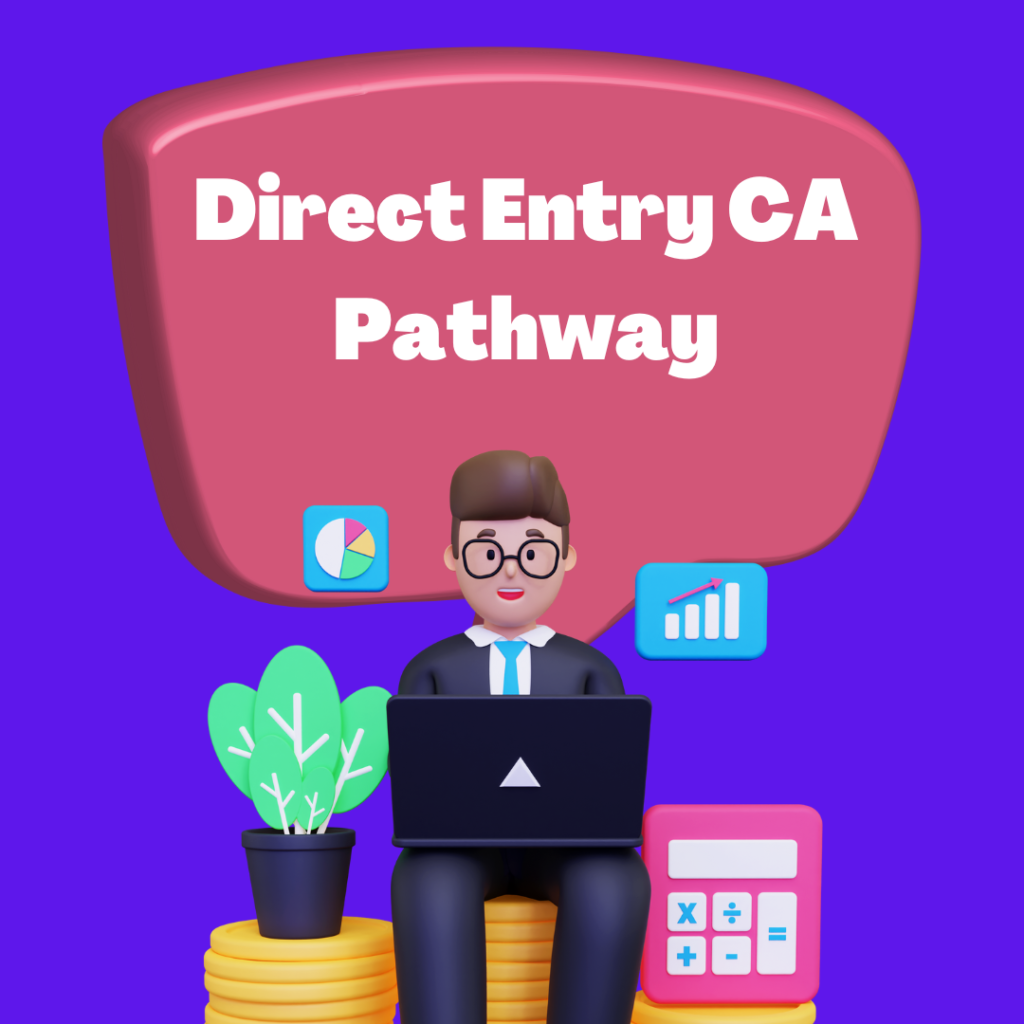Introduction
The Chartered Accountancy (CA) qualification is one of the most prestigious and sought-after professional certifications in the field of finance and accounting. Awarded by the Institute of Chartered Accountants of your country, becoming a CA requires dedication, rigorous preparation, and a thorough understanding of the CA exam pattern. In this blog, we will delve into the structure of the CA exam pattern to provide aspiring candidates with valuable insights and guidance for their journey to success.

Overview of the CA Exam Levels
The CA qualification is typically divided into three levels:
1. CA Foundation: The first level, which has replaced the previous Common Proficiency Test (CPT), tests students on their fundamental knowledge of accounting principles, business laws, and economics.
2. CA Intermediate: The second level, divided into two groups, assesses students on advanced accounting, auditing, taxation, financial management, and other specialized subjects.
3. CA Final: The last and most challenging level, also divided into two groups, examines candidates on advanced concepts of financial reporting, strategic financial management, professional ethics, and electives.
CA Foundation Exam Pattern
The CA Foundation exam consists of four papers, each carrying 100 marks. The papers are as follows:
Paper 1 – Accounting.
Paper 2 -Business Laws.
Paper 3 –Quantitative Aptitude -Business Mathematics, Logical Reasoning , Statistics.
Paper 4 – Business Economics.
The exam pattern for each paper is as follows:
– Mode: Pen and paper-based test (offline)
– Type: Objective and Subjective type questions
– Medium: English or as permitted by the Institute
– Total Marks: 400 marks (100 marks per paper)
– Duration: 3 hours per paper
CA Intermediate Exam Pattern
The CA Intermediate level comprises two groups, each consisting of three papers. Group 1 and Group 2 papers are as follows:
Group I includes
Paper 1 – Advanced Accounting
Paper 2 – Corporate Laws and Other Laws
Paper 3 – Taxation
Section A – Income –tax Law
Section B- Indirect Taxes
Group II includes
Paper 4 – Cost and Management Accounting
Paper 5 – Auditing and Ethics
Paper 6A – Financial Management
Paper 6B – Strategic Management
The exam pattern for each paper is as follows:
– Mode: Pen and paper-based test (offline)
– Type: Subjective type questions with some multiple-choice questions (MCQs)
– Medium: English or as permitted by the Institute
– Total Marks: 100 marks per paper (MCQs may carry 30 marks in certain papers)
– Duration: 3 hours per paper
CA Final Exam Pattern
The CA Final level also comprises two groups, each consisting of four papers. Group 1 and Group 2 papers are as follows:
Group I
Paper 1- Financial Reporting
Paper 2- Advanced Financial Management
Paper 3- Advanced Auditing Assurance and Professional Ethics
Group II
Paper 4 – Direct Tax Law and International Taxation
Paper 5 – Indirect Tax Law Paper
6- Integrated Business Solutions [Multi- disciplinary case study involving Papers 1 to 5 at the final
level along with Self – Paced Online Modules Sets A and B and Strategic Management]
The exam pattern for each paper is as follows:
– Mode: Both pen and paper-based (offline) and online mode for certain papers
– Type: Subjective type questions with some MCQs in specific papers
– Medium: English
– Total Marks: 100 marks per paper (MCQs may carry 30 marks in certain papers)
– Duration: 3 hours per paper
Conclusion
Understanding the CA exam pattern is crucial for aspirants aiming to become Chartered Accountants. The rigorous examination process challenges candidates to showcase their knowledge, analytical skills, and expertise in the field of finance and accounting. Proper planning, consistent preparation, and a strong focus on the core concepts are essential to excel in each level of the CA qualification. With determination and hard work, aspiring CAs can embark on a rewarding career and contribute significantly to the finance and business world. Good luck on your CA journey!









